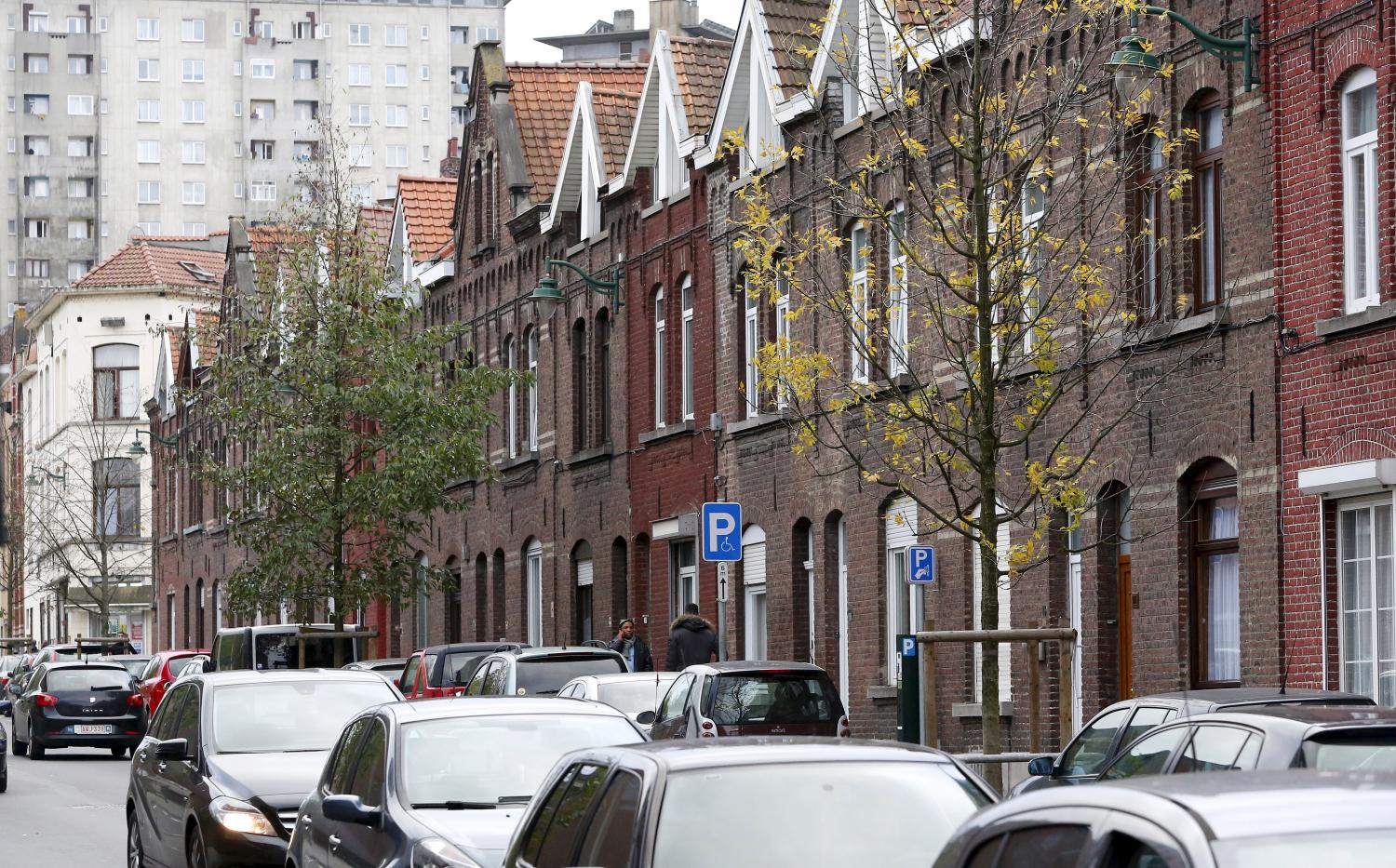Executive Summary
For individuals to achieve upward economic mobility they must live in a supportive neighborhood with, among other things, high quality primary care and good public schools. But even when the key ingredients of success are present, households often find it hard to navigate services. A variety of intermediaries help address that problem.
Some are “embedded” in such organizations as hospitals or schools and help clients to obtain a range of supplementary services. Examples include Health Leads, City Health Works, and Grand Aids, along with local community health workers and school nurse programs.
Others are the result of hospital-led population health systems. Examples include the Parkland Health system in Texas, the Montefiore and the Mount Sinai health systems in New York, and Washington Adventist Hospital in Maryland.
Others still are organizations linking together institutions focused on the same goal by providing data sharing services, financing, or organizational support. Examples include community development financial institutions, but also integrated service systems, such as the Harlem Children’s Zone that organizes wraparound services for the families of its school students.
While intermediaries help households and can add value, they also face challenges in their operations. Often they are underfunded because budgets do not reflect their broad community value. Many regulatory and technical barriers impede information sharing with intermediaries, which is necessary to credibly show improved outcomes. There can also be a clash of culture between intermediaries and other organizations.
Policymakers in both the public and private sectors need to address these challenges so that intermediary institutions can demonstrate their value and fulfill their crucial role.




